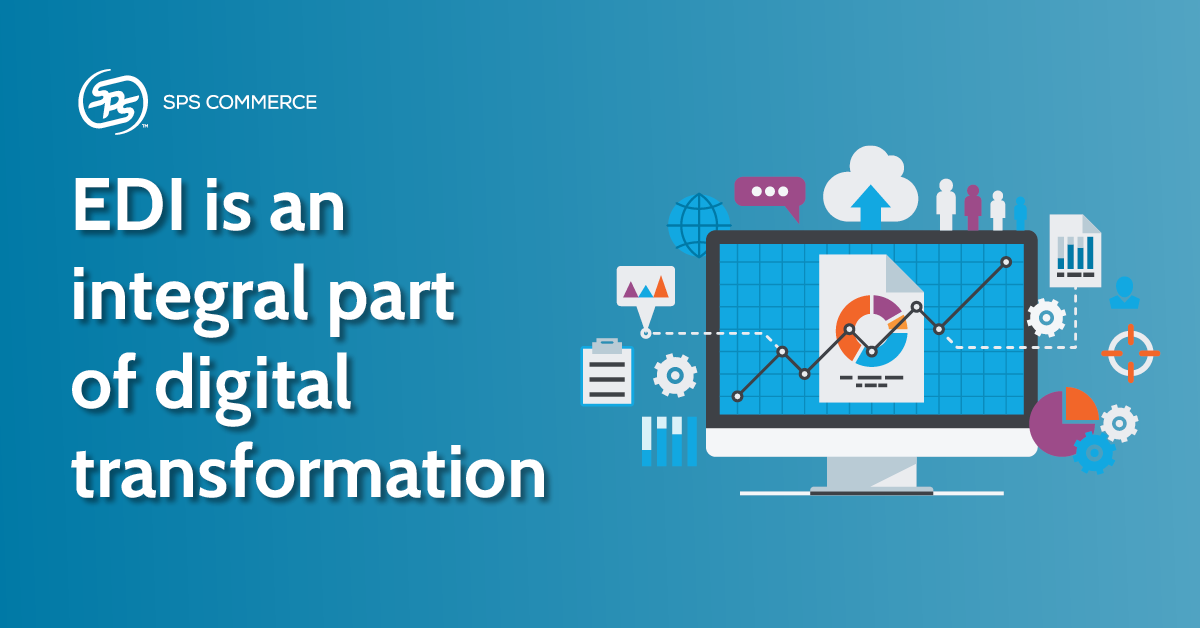We use cookies to enhance your browsing experience, serve personalized content and advertisements, and analyze our traffic. You can choose to accept or deny non-essential cookies. Essential cookies are necessary for the website to function and cannot be switched off in our systems. Do you accept the use of non-essential cookies on our website?


RELATED POSTS
Scaling smarter: Why trucking compani...
What is a 2D barcode and how does it ...
Seeing clearly in a complex market